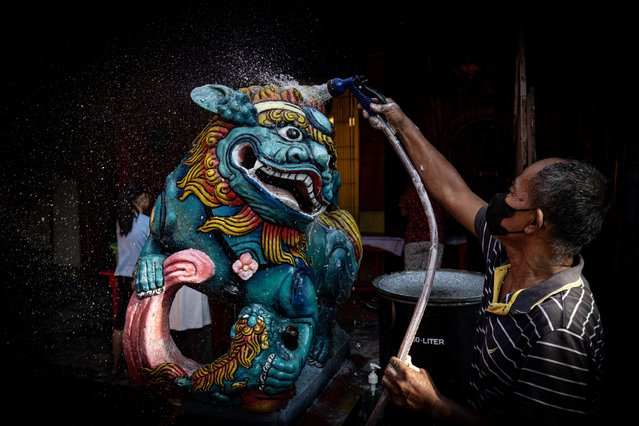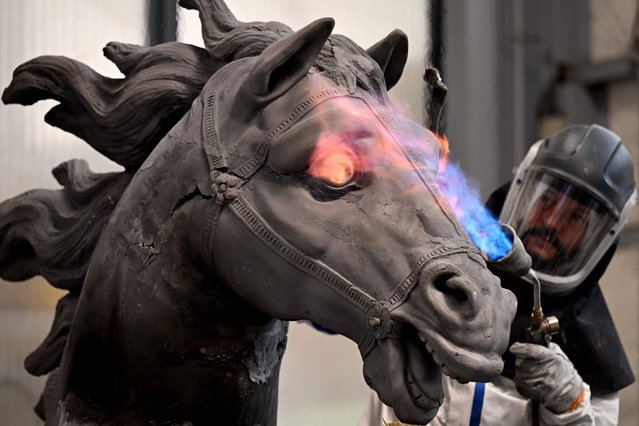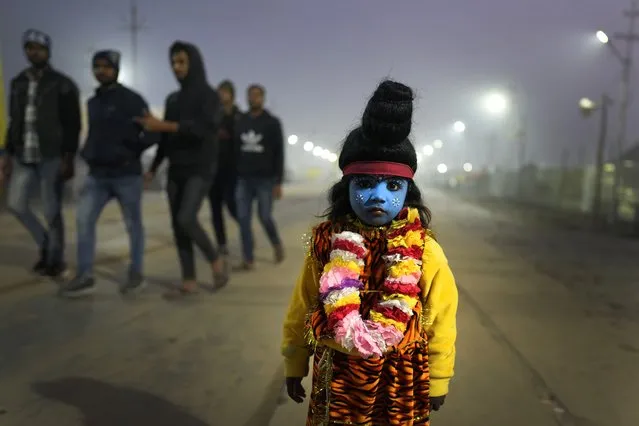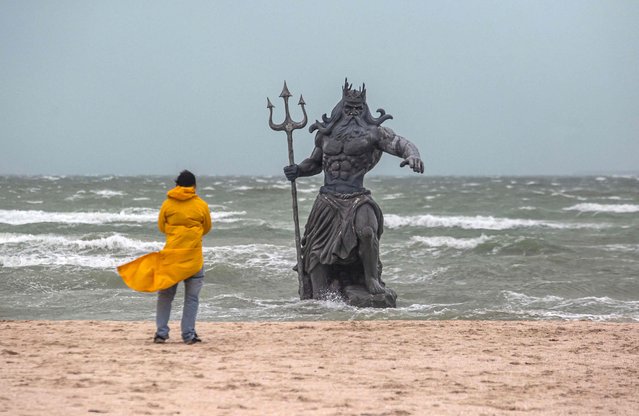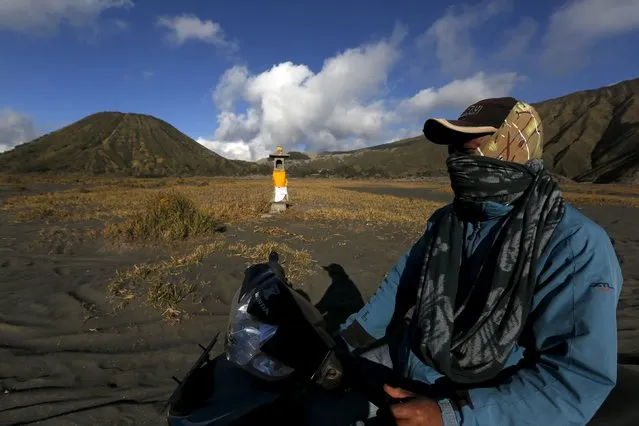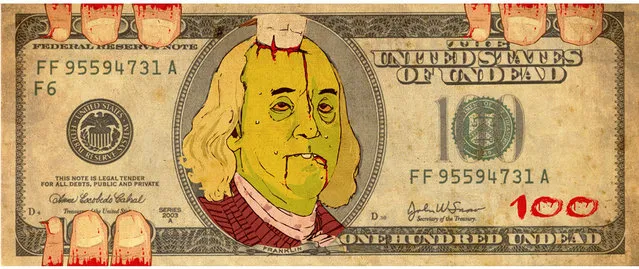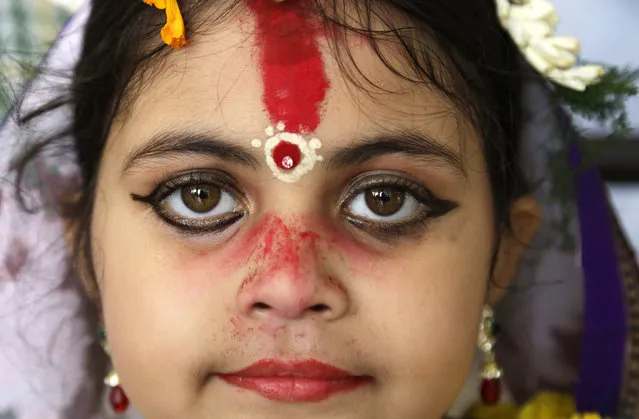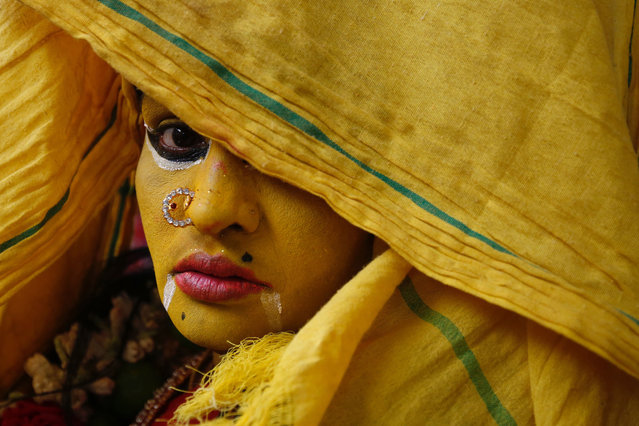
A woman dressed in the style of a Hindu goddess keeps her face partially covered for a ritual during Maha Shivaratri celebrations on March 12, 2021 in Kaveripattinam, India. Maha Shivaratri is a major Hindu festival celebrated annually in honour of the god, Shiva. The festival is observed with chanting prayers, fasting, and meditating to overcome “darkness and ignorance” in life. (Photo by Abhishek Chinnappa/Getty Images)
28 Mar 2021 09:51:00,post received
0 comments

